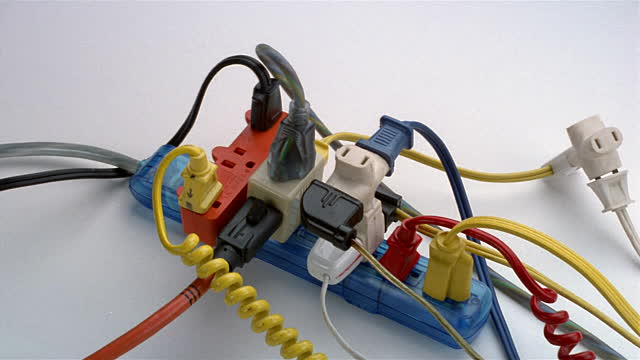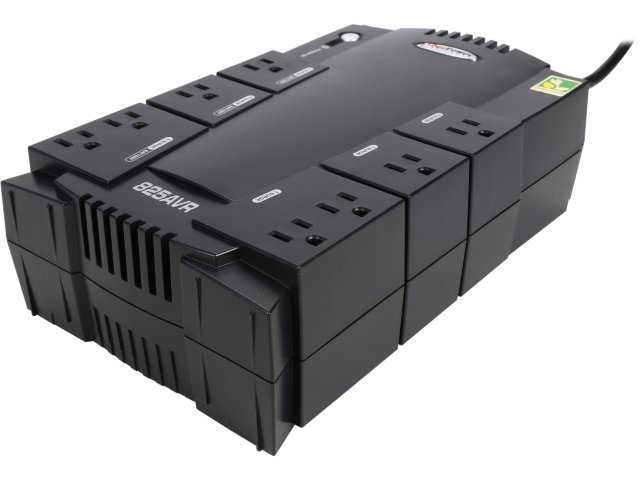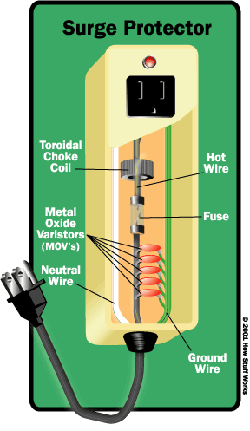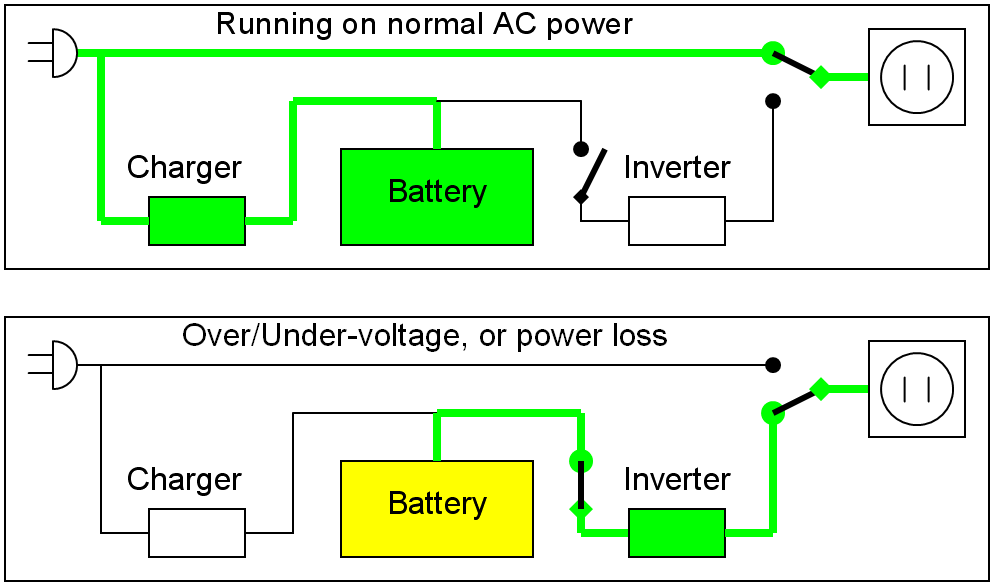How Important is a UPS and Surge Protector for your PC?
We hear the words UPS and Surge Protector thrown around quite a bit, but many aren’t exactly sure what either of those are and how important they are to a computer. They can be a serious life saver in many scenarios, especially when you have a more expensive PC and/or do a lot of client projects on the computer. We’re going to detail what a UPS and Surge Protector do, why you need one, and how they work. Be sure to follow along!
What does a UPS and Surge Protector do?
UPS stands for Uninterruptible Power Supply. In its most basic form, a UPS will provide emergency power to your machine for a couple of minutes in the event of a loss of power. This gives you time to save your work and safely shut down your computer. In many cases, directly cutting off power and causing an instant shutdown could damage your PC, so a UPS actually prevents that from happening.
There are all sorts of types of UPS types out there. The ones that we are familiar with only last up to a few minutes, giving you plenty of time to safely shut down your equipment. On the other hand, there are more industrial uninterruptible power supplies that can provide emergency power to entire data centers. In fact, in Fairbanks, Alaska, there is a UPS that can power an entire city as well as nearby rural communities in the event of power loss.
As you can see, UPS’ have many uses, but in layman’s terms, they provide emergency power for a few minutes so that the user can safely shut down equipment without any worry of damages.
If you’re not familiar with a surge protector, they are entirely different from a UPS.
A surge protector is a fairly cheap and surefire way to protect your electronic equipment against power spikes. It does this by limiting the voltage supplied to said electronic equipment by blocking or shorting any unwanted voltages to a ground.
Now, a surge protector can keep you protected against relatively minor power surges, but nothing like, say, a lightning strike hitting a home. A lightning strike can overload your standard electricity line by millions of volts, completely frying any electronic equipment you have. There are lightning protection systems out there, but even those systems still aren’t a guarantee that your equipment will be safe. Still, a surge protector is definitely useful for much less catastrophic surges in power and might even, and that’s a big if, protect you from indirect lightning strikes that cause a temporary surge in power.
For the best protection, a good idea is to unplug things during a severe storm. This ensures that all of your equipment is safe and untouched by any potentially catastrophic power surges.
I will note that there’s a common misconception between a power strip and surge protector. Any old power strip isn’t going to help you, as it highly depends if it offers surge protection or not. Your best bet before going out and buying something is to research it extensively and make sure it offers the surge protection you’re looking for.
How a UPS and Surge Protector Works
As far as surge protectors go, we’ve already discussed that the traditional electricity line will provide up to 120 volts of power to your home. With that in mind, anything above that indicates there’s a problem and that problem could potentially fry your equipment. And that’s where a surge protector comes in. So, how does a surge protector work exactly?
Looking at a standard surge protector specifically, it passes the electrical current along to the electronic devices plugged into the power strip. But, if the surge protector sees a spike in voltage, it will then divert that voltage to its grounding wire, keeping your equipment safe. It does this through what’s called a metal oxide varistor (MOV), which are primarily made out of a zinc (and other metals) that are pressed into a ceramic-like material. The MOV forms a connection between your hot wire and your ground wire, diverting any of that extra voltage to the ground wire.
The diagram above should help you further understand what’s under the hood of a surge protector and how it all connects together.
Looking at a UPS, we’ll be going over your standard standby UPS system. This is your most basic type of UPS, but offers both surge protection and battery backup in the event of losing your main power.
Normally, a user’s electronic equipment is plugged into a surge-protected power strip built into the UPS. When the voltage falls below the manufacturers’ predetermined level, the UPS will then kick on its DC-AC inverter circuitry, which is powered by a battery inside the unit. The UPS then mechanically switches all of your electronic equipment over to its own power, which is being supplied from that aforementioned battery.
Your standard standby UPS system is able to make this switch in just milliseconds, making sure you don’t lose power to your electronic equipment/components. Keep in mind that there all different types of UPS systems, and when shopping for one, it’s important to do your research. Many of these UPS’ will tell you what they’re good for in the product description or on the box (e.g. personal computers, gaming systems, networking, and so on). It’s important to find one that fits your needs.
And do keep in mind that UPS’ will only last you a couple of minutes, giving you just enough time to save your work and safely go through the shutdown sequence on your computer. It’s definitely not a long-lasting power solution and should NOT be mistaken as some form of a generator.
Closing
So, is a UPS and Surge Protector useful for you? I would go out on a limb and say it’s useful for anyone, even the person that rarely uses the computer. The intention of these two appliances is to keep your electronic equipment safe so that you don’t have to replace that equipment because of some freak accident. It’s definitely recommended that any home user who has electronic equipment at least use a surge protector.
It’s also worth noting that many companies will offer a warranty on a UPS or Surge Protector, noting that if their equipment were to fail and be the reason your electronic equipment got fried, the company will replace it. For instance, the Belkin BE112230-08 surge protector has a lifetime warranty and an allowance of up to $300,000 in equipment replacement. And to be more clear, this policy only comes in place if you are the owner of the surge protector and the surge protector fails to protect your equipment.
Of course, it is a bit of a hassle to file a claim an go through that process, but you’ll at least have the peace-of-mind that you’re equipment can be replaced at no extra charge to you, the user.
What surge protectors and/or UPS systems have you used or are you currently using? Let us know in the comments below or by joining us in the PCMech Forums.




















